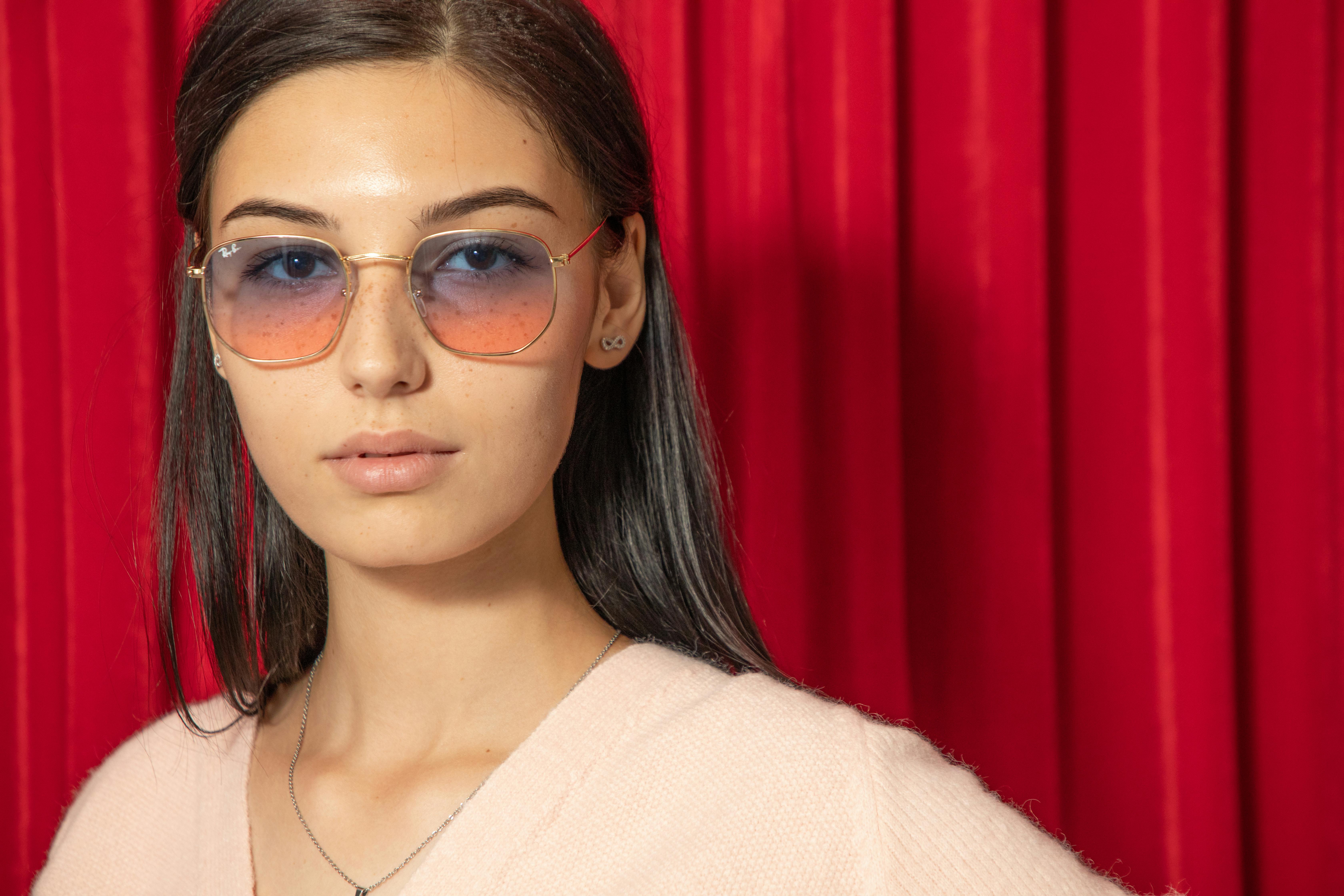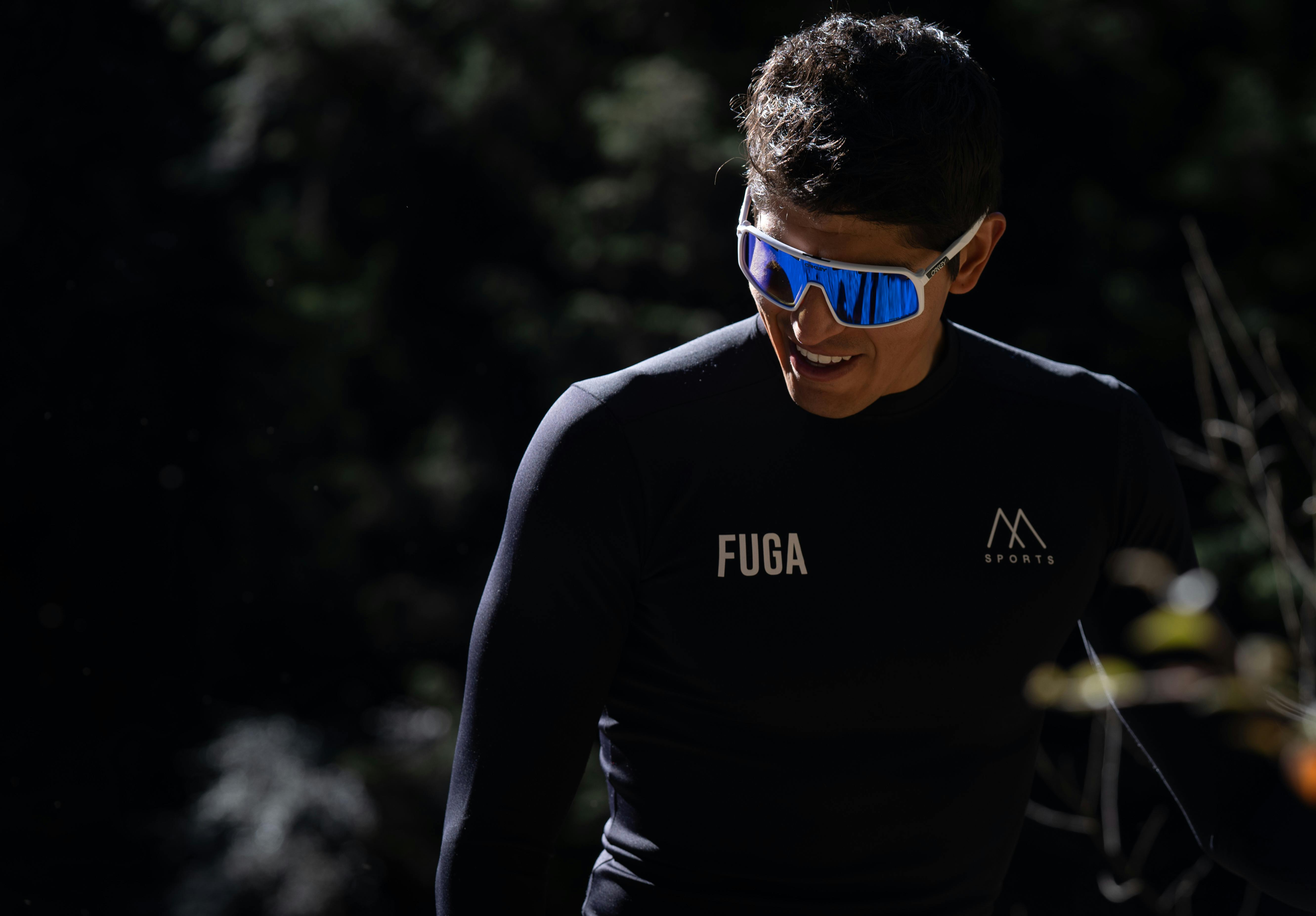How to Choose Sunglasses for Driving Comfort and Safety
Driving is an activity that demands focus, clarity, and comfort. Whether you're cruising down a sun-drenched highway or navigating through glare-filled city streets, the right pair of sunglasses can make all the difference. Not only do they protect your eyes from harmful UV rays, but they also enhance visibility and reduce eye strain, ensuring a safer and more enjoyable driving experience. But with so many options available, how do you choose the perfect pair? Here’s a guide to help you pick sunglasses that prioritize both comfort and safety on the road.
1. Look for 100% UV Protection
The most critical feature of any pair of sunglasses is their ability to block harmful ultraviolet (UV) rays. Prolonged exposure to UV radiation can damage your eyes and increase the risk of cataracts and other eye conditions. When shopping for driving sunglasses, always check for a label or sticker that guarantees 100% protection against both UVA and UVB rays. Don’t be fooled by dark lenses alone—UV protection comes from a special coating, not the tint.
2. Choose the Right Lens Color
The color of your sunglasses’ lenses can significantly impact your driving experience. Different tints serve different purposes, so it’s essential to choose one that enhances visibility and reduces glare without distorting colors. Here’s a quick breakdown:Gray Lenses: Ideal for bright, sunny days. They reduce overall brightness without altering color perception, making them a great all-around choice for driving.
- Brown/Amber Lenses: Enhance contrast and depth perception, which is particularly useful in low-light conditions or overcast weather. They’re also effective at reducing glare.
- Green Lenses: Provide good contrast and color accuracy while reducing glare, making them suitable for a variety of lighting conditions.
- Yellow/Orange Lenses: Best for overcast or foggy conditions, as they brighten the environment and improve contrast. However, they’re not ideal for bright sunlight.
Avoid blue or red tints, as they can distort colors and make it harder to read traffic signals.
3. Polarized Lenses Are a Game-Changer
Polarized lenses are a must-have for driving. They reduce glare from reflective surfaces like water, snow, and other vehicles’ windshields, which can be blinding and distracting. By cutting through this glare, polarized lenses improve clarity and reduce eye strain, making them an excellent choice for long drives. However, keep in mind that polarized lenses can sometimes make it harder to read LCD screens, such as your car’s dashboard or GPS.
4. Consider Lens Material
The material of the lenses affects their durability, weight, and optical clarity. Here are the most common options:
- Polycarbonate: Lightweight and impact-resistant, making them a safe and comfortable choice for driving.
- Glass: Offers excellent optical clarity but is heavier and more prone to shattering.
- Trivex: Similar to polycarbonate but with better optical quality, though it may be more expensive.
For most drivers, polycarbonate lenses strike the right balance between durability, comfort, and performance.
5. Ensure a Comfortable Fit
Comfort is key when it comes to driving sunglasses. Ill-fitting frames can cause discomfort or distractions, especially during long trips. Look for sunglasses that:
Fit snugly but not too tightly on your face.
- Have adjustable nose pads for a customized fit.
- Feature lightweight materials to prevent pressure on your nose or ears.
- Stay securely in place, even when you move your head.
Try on several pairs to find the one that feels just right.
6. Avoid Oversized Frames
While oversized sunglasses may be stylish, they can obstruct your peripheral vision, which is crucial for safe driving. Opt for frames that provide adequate coverage without blocking your view of the road or mirrors.
7. Anti-Reflective Coatings
An anti-reflective (AR) coating on the backside of the lenses can further reduce glare by preventing light from bouncing off the inside of the lenses and into your eyes. This is especially helpful when driving with the sun behind you.
8. Test Them Out
Before committing to a pair, test them in real-world driving conditions. Pay attention to how they handle glare, brightness, and color accuracy. If something feels off, keep looking.
9. Don’t Forget Style
While safety and comfort are paramount, there’s no harm in choosing a pair that complements your personal style. After all, you’re more likely to wear sunglasses that make you feel confident and look great.
Choosing the right sunglasses for driving is about more than just looking cool—it’s about protecting your eyes, enhancing visibility, and ensuring a comfortable ride. By prioritizing features like UV protection, polarization, and the right lens color, you can find a pair that keeps you safe and stylish on the road. So, the next time you hit the road, make sure your eyes are well-equipped to handle whatever comes your way. Happy driving!
What’s your go-to pair of driving sunglasses? Share your favorites in the comments below!
.webp)














.webp)

.webp)
.png)


.png)


Comments
Post a Comment
Share your thoughts and Questions here.